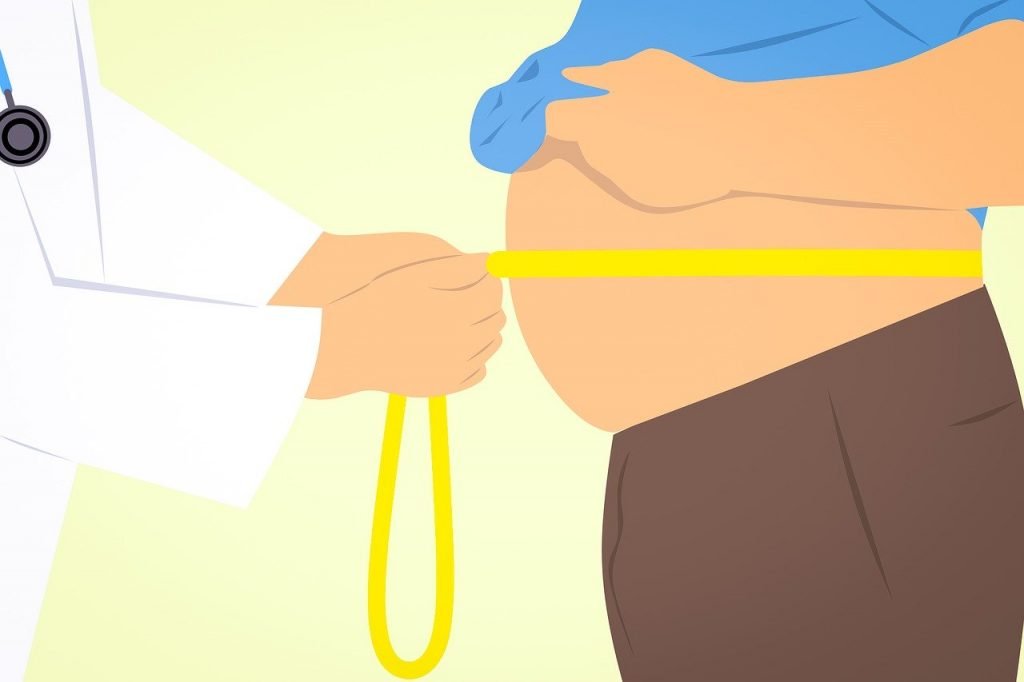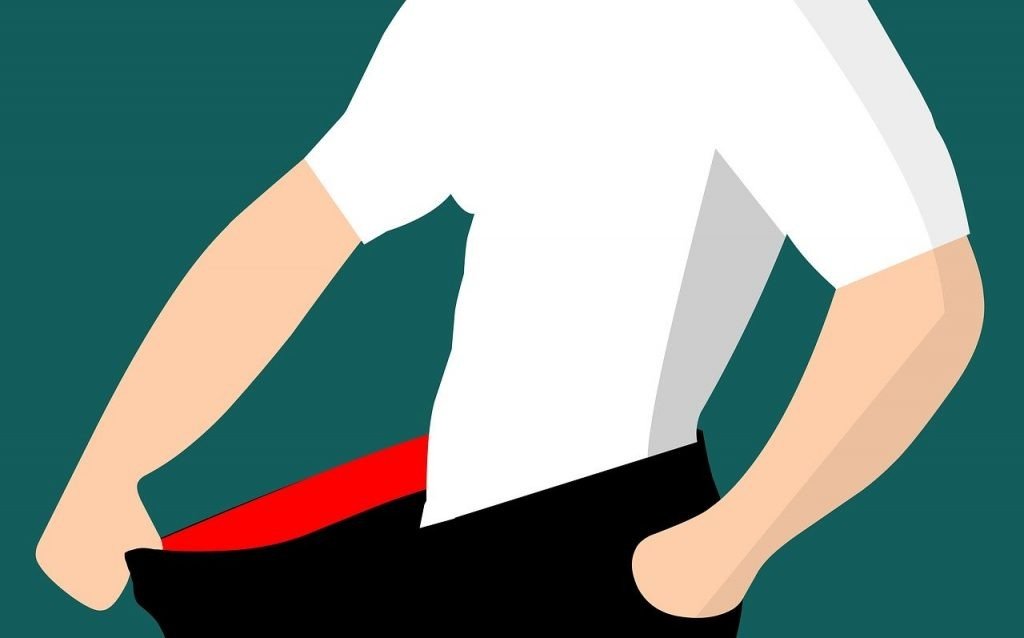You probably know about Botox. You may even be aware of the fact that there are other botulinum toxins—even though just about everyone, aside from board-certified plastic surgeons, refers to them as Botox, the same way you may refer to all tissues as Kleenex. But have you ever stopped to wonder what the difference is between Botox and the others? Lindsay Kirkman has, and she wrote about it recently for RealSelf.

In fact, she went further than that. She had Botox injected into one half of her forehead and Jeuveau, the newest of the four botulinum toxins approved by the FDA, injected into the other. Interestingly, of the three not named Botox, Jeuveau is the first to be formulated with the same 900 kDa molecular weight as Botox. The similar chemical composition should mean that Jeuveau’s results would most closely resemble those of Botox.
Kirkman cites one study that showed that Jeuveau could even begin working sooner and last longer than Botox. That said, how long a botulinum toxin treatment lasts depends more on the person than the toxin because how we metabolize it varies from person to person.
As for Kirkman, she had 18 units of Jeuveau injected into the left side of her forehead and the crow’s feet (the wrinkles etched into the corner of the eye) on the left side of her face and the same amount of Botox injected into the right side of her forehead and the crow’s feet on the right side of her face.
“Ultimately, the pain level on both the Jeuveau side and the Botox side was exactly the same—as in very minimal,” she writes. “I felt a slight pinch every time the needle went in, but the tingly feeling went away within seconds.”
A couple of days later, the Jeuveau had “clearly” taken effect, Kirkman writes, while she hadn’t yet noticed a response from the Botox. That changed on Day Six. “The Jeuveau side feels even more locked in place, but for the first time, the Botox side has also started to produce that feeling of muscle immobilization,” she writes. “I can also tell that my brow lift has started to kick in—again, even more so on the Jeuveau side, where I’m seeing more of an arch start to form.”
Two months out, she writes, “Now when my face is at rest or when I am smiling, the lines on my forehead and between my brows still look equally smoothed out on both sides.
“However, in order to go beyond my own general observations in the mirror, I also asked my husband and a few friends to weigh in. All parties pointed out that as I naturally engaged in conversation—particularly when I looked surprised or curious—there were more obvious lines starting to reappear near the temples on the side of my face injected with Botox,” Kirkman says. “The difference is subtle enough, though, that I don’t think it’s anything anyone else would notice without specifically paying attention.”
If nothing else, it’s always good to know you have options. Comparable options.







